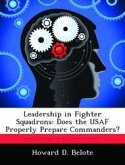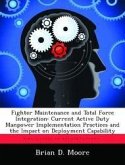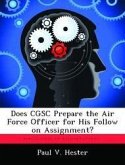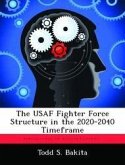Historical evidence of World War II, Korea and South East Asia has provided alarming statistics concerning survivability of aircrews and past preparations by Tactical Air Forces' (TAF). A void existed between combat and peacetime training. After Vietnam, training programs were adopted to bridge this void, and to provide a realistic training environment for the TAF's. The objective of realistic training is to reduce those past statistical nightmares of aircrews being lost within their first ten combat missions, by allowing aircrews to experience their first ten combat missions before any advent of hostilities. Current realistic training capabilities of two realistic training programs -- Red Flag and Composite Force are addressed in this thesis -- providing an in depth study and single source document on all aspects of these programs. Additionally, these programs and the importance they represent are projected into future training efforts. Realistic training programs are helping prepare the fighter force for future contingencies. Emphasis must be channelized on expanding and improving these programs. Realistic training concepts are gathering momentum and must continue to keep moving in a productive direction to maximize our military potential.
Bitte wählen Sie Ihr Anliegen aus.
Rechnungen
Retourenschein anfordern
Bestellstatus
Storno








